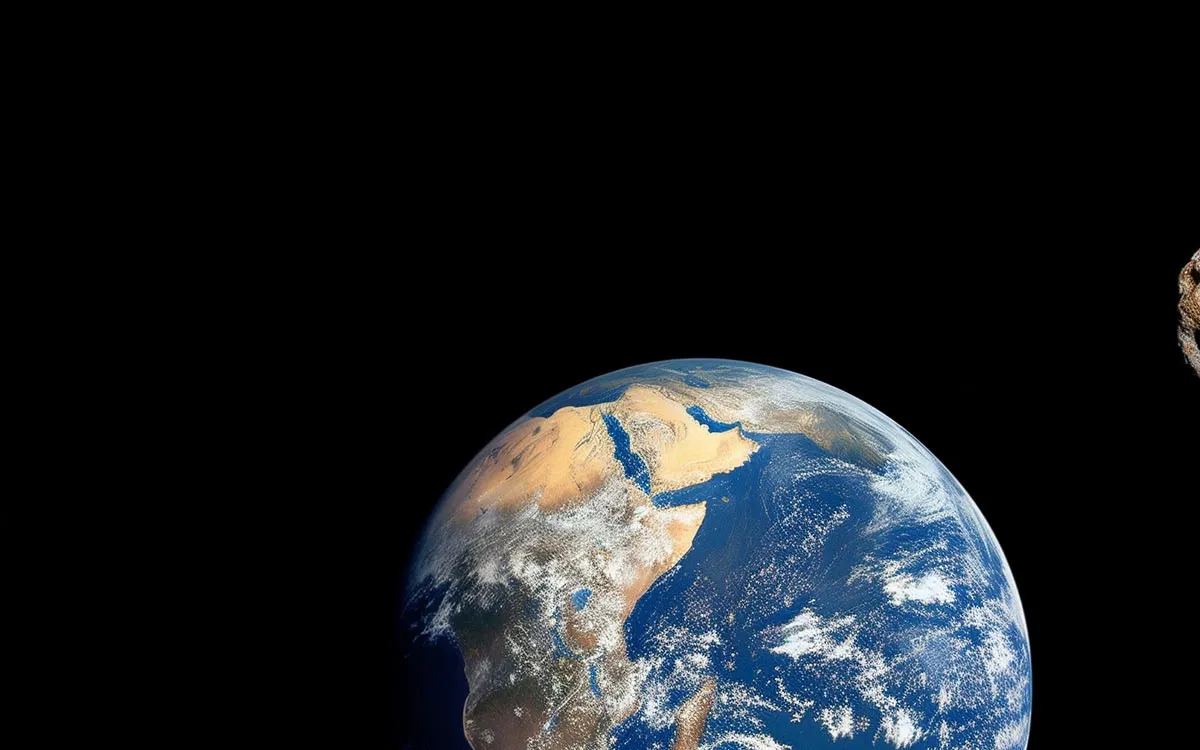
NASA has made significant progress in assessing the potential threat posed by asteroid 2024 YR4, effectively ruling out its risk of impacting Earth. Initially, when first discovered, this asteroid presented a small but noteworthy chance of colliding with our planet on December 22, 2032. However, recent analyses have drastically reduced its impact probability to a mere 0.004%, confirming that there is no significant risk for the next century.
The reduction in risk comes as a result of meticulous observations submitted to the Minor Planet Center, which allowed scientists at NASA's Jet Propulsion Laboratory (JPL) to refine their calculations. By utilizing advanced models, researchers have gained a clearer understanding of the asteroid's trajectory, indicating that its projected path on December 22, 2032, is now confirmed to be significantly farther from Earth than previously thought.
Despite the reassuring news for Earth, a small risk still exists for asteroid 2024 YR4 impacting the Moon. Current estimates suggest that the probability of a lunar collision on the same date, December 22, 2032, stands at approximately 1.7%. This slight chance has prompted NASA to maintain close observation of the asteroid.
NASA will continue to monitor asteroid 2024 YR4 using various observatories funded by its Planetary Defense Coordination Office. Additionally, the highly advanced James Webb Space Telescope is scheduled to observe the asteroid in March, aiming to collect more data on its size and composition for scientific research. This opportunity transforms what was once perceived as a potential threat into a valuable learning experience for planetary defense strategies.
As scientists delve deeper into the characteristics of asteroid 2024 YR4, they are not only ensuring the safety of our planet but also enhancing our understanding of asteroids. This research is crucial in improving our readiness and strategies for planetary defense, highlighting the importance of ongoing astronomical observations and collaborations.